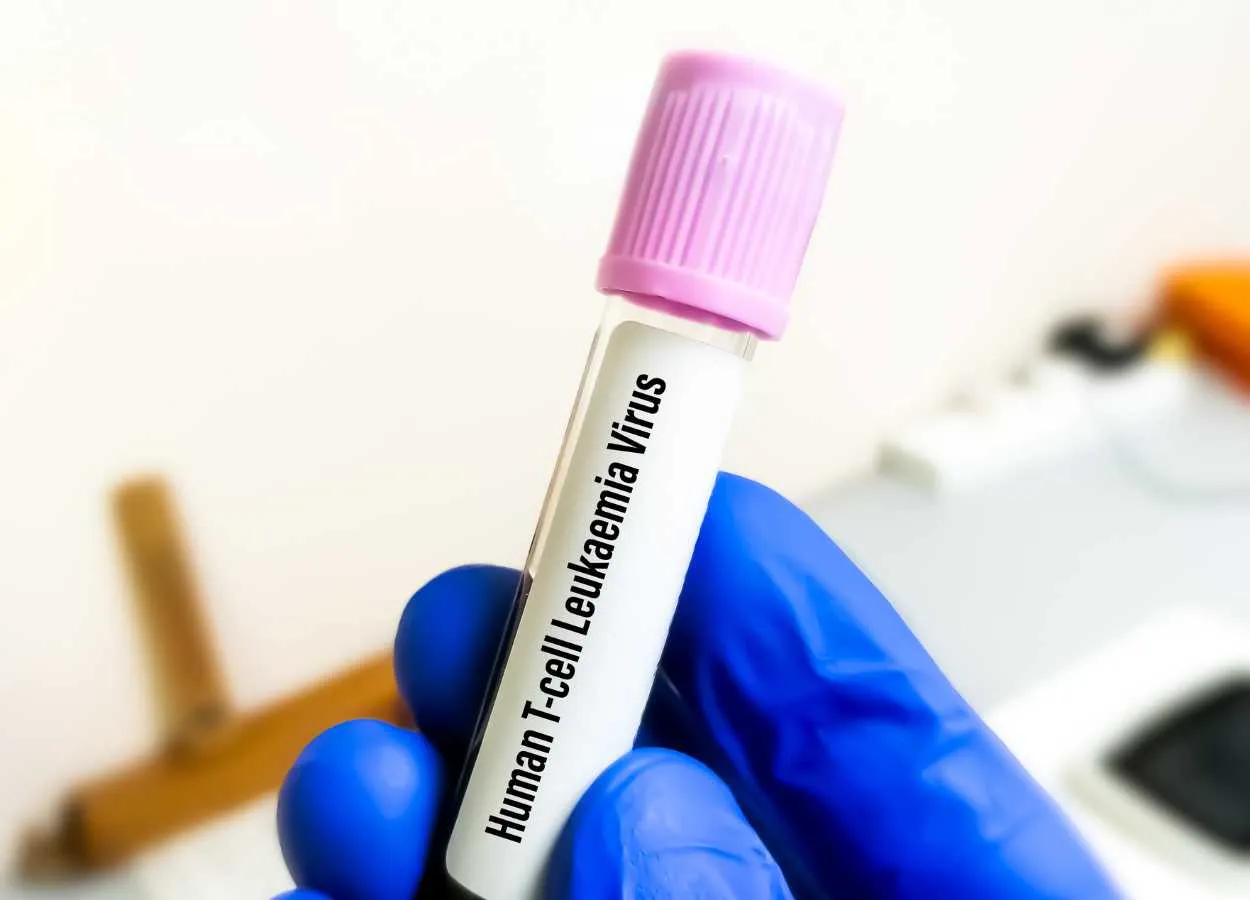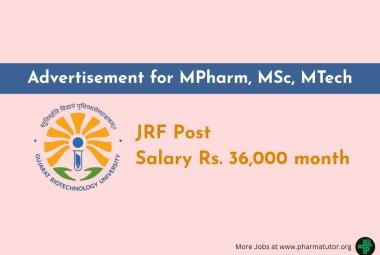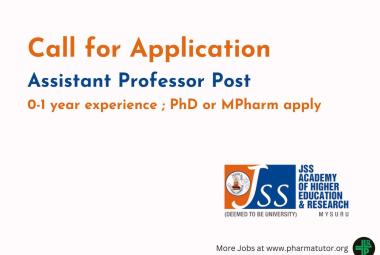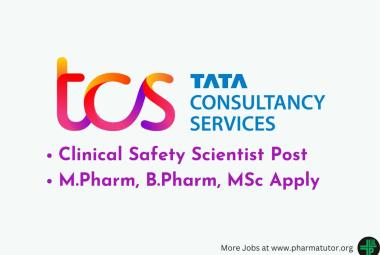HTLV‑1 – the first human retrovirus to be identified, in 1977 – affects at least 5-10 million people globally. It is concentrated in western and central Africa, Latin America, and the Western Pacific Region. This neglected sexually transmitted infection (STI) causes an aggressive malignancy of the blood and blood-forming organs, known as adult T-cell leukaemia/lymphoma (ATL). HTLV‑1 also causes a progressive neurological condition known as HTLV-1-associated myelopathy or tropical spastic paraparesis (HAM/TSP).
Serological studies show that infection with HTLV‑1 is endemic in some countries and rare in others, with considerable intraregional variation. Most high-income countries have introduced HTLV‑1 screening of blood donations, but few public health measures have been implemented. More concerted global public health actions are needed to contain this infectious disease.
This is the first guideline to incorporate the latest evidence and good practices on addressing testing for and prevention of HTLV‑1. It will feed into a larger process of setting priorities and principles for HTLV‑1 testing and prevention and stimulate the development of a public health response. This work is being led in close collaboration with the Pan American Health Organization (PAHO).
The GDG will meet in a virtual meeting on 8-9 December 2025. The objective of this meeting will be to provide recommendations and guidance on HTLV‑1 testing and prevention, addressing who to test, how to test, resource use and broader prevention approaches.









